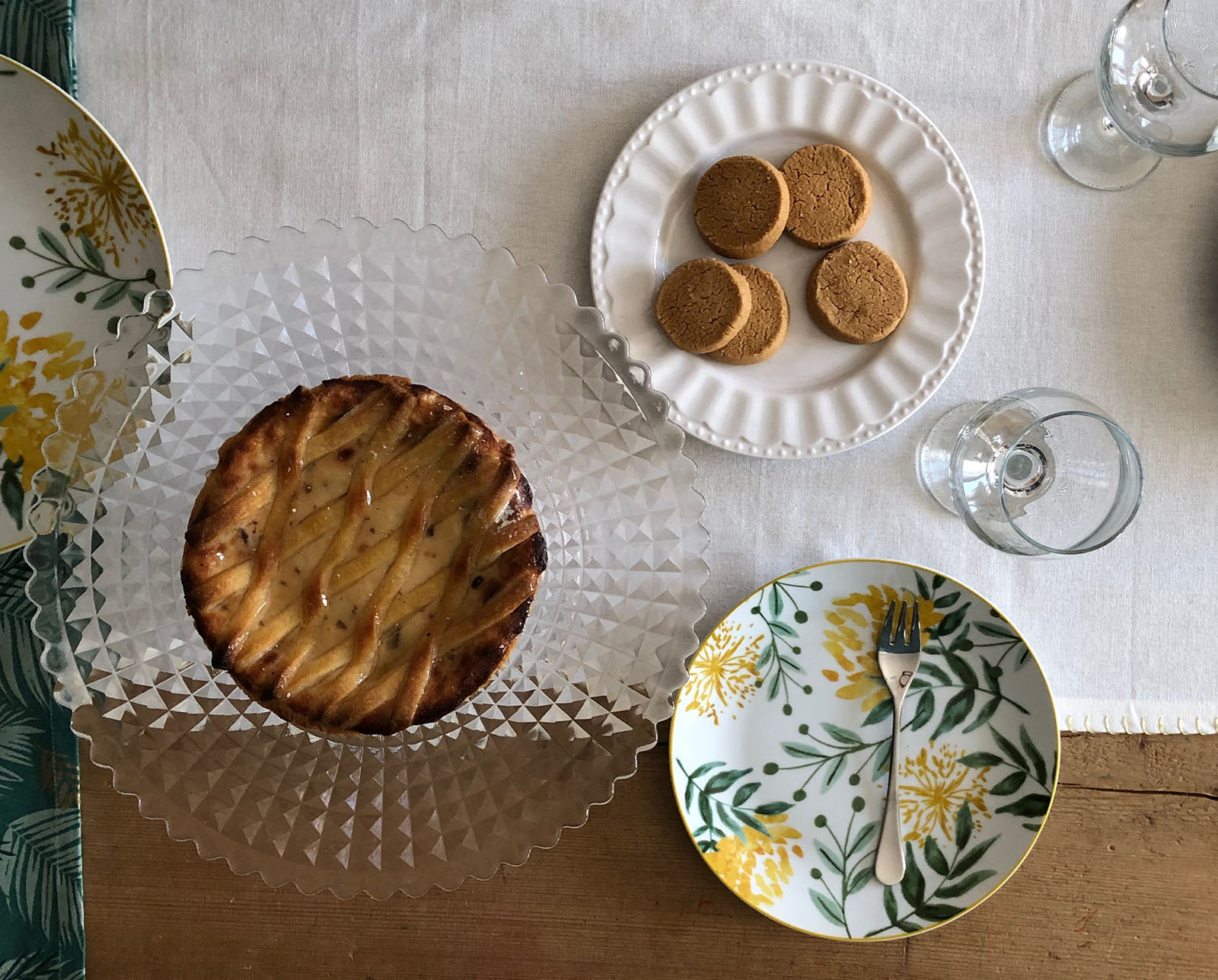In the April issue of La Cucina Italiana you saw the ricotta cake prepared by my mom, here's the recipe!
In my memories the ricotta cheese pie my mom's was always too hard! Over time he refined the recipe but when I was a child he was almost a family joke, but anyway it was my absolute favorite cake and it was also my birthday cake (March 28th).
It was made in the simplest version, we did not use complicated sweets, or pretentious recipes, shortcrust pastry, ricotta, a grated lemon peel.
Now the recipe is perfect, even if tearing the correct doses from my mom is a business, all by eye He says…
But after having redone it several times I can now share it with you and I assure you, it is very good.
Ricotta cake recipe
Ingredients
800 g of cow's milk ricotta
125 g of cold butter
125 g of sugar
320 g of flour
3 whole eggs and 1 yolk
half a teaspoon of baking powder
1 untreated lemon
1 pinch of salt
Method
For the pastry, 125 g of cold butter cut into small pieces to mix quickly with 125 g of sugar and 300 g of flour, 1 a pinch of salt, grated organic lemon peel, only the yellow of the skin, but you know it well, everything with your hands, until you make so many crumbs. Then add 1 whole egg and half a teaspoon of baking powder. Make a ball and put an hour in the fridge.
For the cream mix 800 g of ricotta, 2 eggs, 100 g of sugar. Sometimes now my mom adds chocolate chips and candied orange peels, to please my dad, a little more greedy than she, and of course the grandchildren.
Flour the top, roll out the dough, cover a cake pan – better hinged – fill with the ricotta cream, cover with crossed dough strips. Brush very well with the beaten egg yolk. Bake in preheated oven at 180 degrees for 25 minutes.
Serve warm, because warm ricotta is one of the best things in the world.





